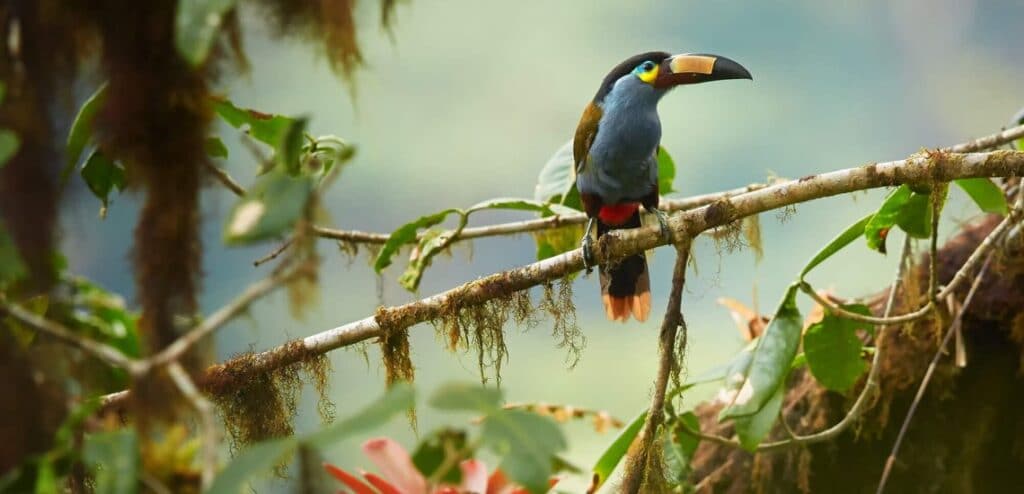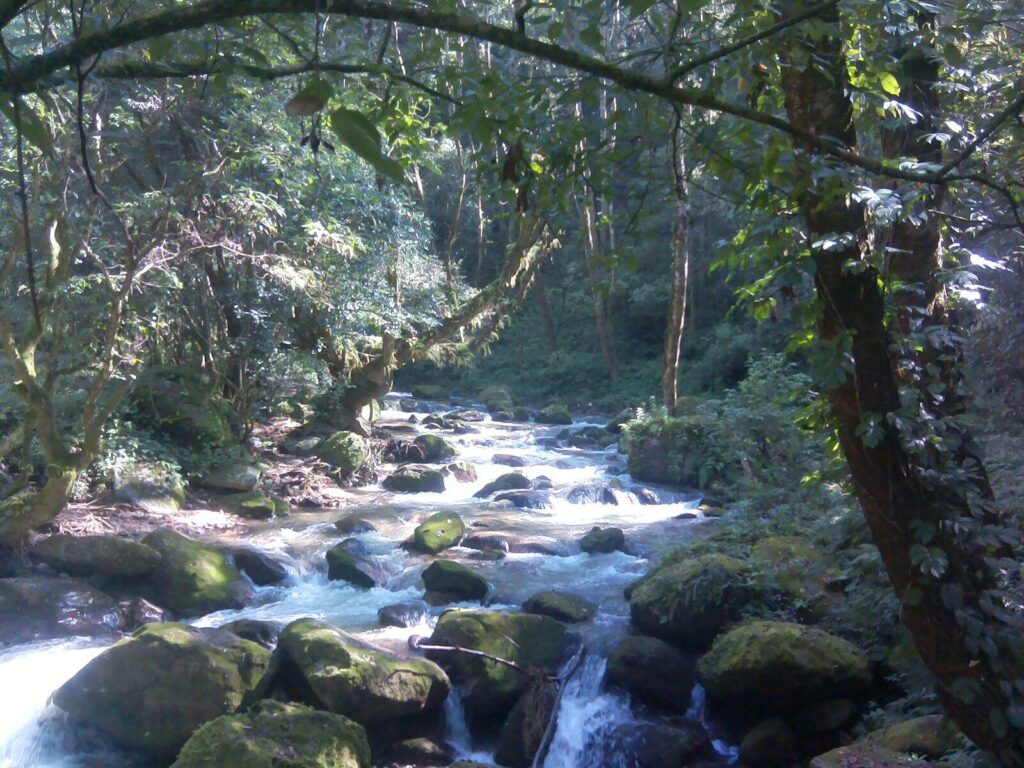Protecting nature has bigger economic benefit than exploiting it

A new study analysing sites across the world has found that in most cases, economic benefits are higher when habitats are conserved or restored rather than converted to human uses such as farming. These findings add important ammunition to our fight for a greener future.
By Jessica Law
One of the main arguments some people make against conserving nature is that doing so stands in the way of economic growth. Natural habitats are often seen as useless and “unproductive” (in the words of Brazil’s President Bolsonaro) – frivolous luxuries preserved for the enjoyment of a privileged few. Why leave a forest intact when it could be logged or converted to cropland? Why deprive local people of profits when there’s money to be made?
We conservationists have known for decades that this is a ruinously short-sighted point of view – countless disasters, from the American dustbowl of the 1930s to the Sierra Leone mudslide of 2017, have shown that once trees have been felled or cropland expanded, the land is less able to purify water, absorb carbon, bind the soil or provide countless other services that healthy ecosystems perform. When this happens, big corporations are often left unruffled, while ordinary local people feel the full force of this devastation. And on a planet that’s careening towards climate emergency, we need every carbon sink we can get.
We’ve known about the intrinsic value of healthy ecosystems for a while, but in the minds of many, this is seen as an abstract concept, difficult to picture in a world of hard, cold cash. But this month, the biggest study of its kind has shown that conserving or restoring natural sites typically provides a larger economic benefit than exploiting them.
A research team led by the RSPB (BirdLife in the UK), and involving the University of Cambridge, BirdLife International and other institutions, analysed dozens of sites across six continents. Many of them are classed as Key Biodiversity Areas, their locations ranging from Kenya to Fiji and China to the UK. The team assessed the value of the ecosystem services provided by each site – such as carbon storage and flood protection – under a scenario where it is conserved or restored. They compared this with the expected benefits if the site had been converted to the most plausible human use (e.g. agriculture or logging). In the vast majority of cases, conserving or restoring the site was found to deliver greater benefits.
One of the most significant benefits comes from the regulation of the greenhouse gases driving climate change, including carbon. Researchers analysed 24 of the sites in greater detail, finding that if each tonne of carbon released into the atmosphere carries a cost of $31 to global society (a highly conservative estimate), then over 70% of the sites have greater monetary value as when conserved or restored. This included 100% of forest sites.
Even if carbon is removed completely from calculations, researchers found that almost half the sites are still worth more to us in their natural form. “Stemming biodiversity loss is a vital goal in itself, but nature also fundamentally underpins human wellbeing,” says lead author Dr Richard Bradbury from the RSPB, and honorary fellow at the University of Cambridge. He continues, “Even if you are only interested in dollars and cents, we can see that conserving and restoring nature is now very often the best bet for human prosperity.” In other words, safeguarding these sites wouldn’t just save money – it would also drastically increase human wellbeing, as well as providing incomes from industries such as ecotourism and nature-based recreation.

Putting a price on nature can seem like a daunting task. To tackle this, researchers used TESSA (the Toolkit for Ecosystem Service Site-based Assessment), which BirdLife has helped to develop over the last decade, to analyse all 62 sites. This standardised system helps researchers to measure and assign a value to services provided by a site in its current state – clean water, nature-based recreation, crop pollination, and so on – and compare them to the values provided under a plausible alternative scenario (e.g. conversion to agriculture).
For example, using TESSA, scientists discovered that if Nepal’s Shivapuri-Nagarjun National Park lost its protection and was converted from forest to farmland, this would cut the benefits of carbon storage by 60% and reduce the benefits of water quality by 88%, along with other costs, leaving an $11m a year deficit. The toolkit also revealed that Hesketh Out Marsh – a saltmarsh near Preston, UK – is worth over $2000 per hectare annually from emissions reduction alone, outweighing any potential income from crops or grazing.
These findings could play a vital role in developing the new global framework for nature. Study co-author Anne-Sophie Pellier from BirdLife International sums it up: “Our results add to evidence that conserving and restoring Key Biodiversity Areas makes sense not only to safeguard species and ecosystems, but also to provide wider economic benefits to society. This becomes crucial in the light of new conservation strategies to halt the unprecedented loss of biodiversity we’re currently facing.”
Now that we can put a price on nature, there is no longer any excuse for ignoring its value in local and global decision-making.
Stay up to date
Sign up to receive the latest bird conservation news. You’ll also receive updates about our projects, science and other ways to get involved including fundraising.
Thank you for your support, we are committed to protecting your personal information and privacy. For more information on how we use your data, please see our Privacy Policy. You can unsubscribe from emails at any time by using the link in the footer of any email from us.

